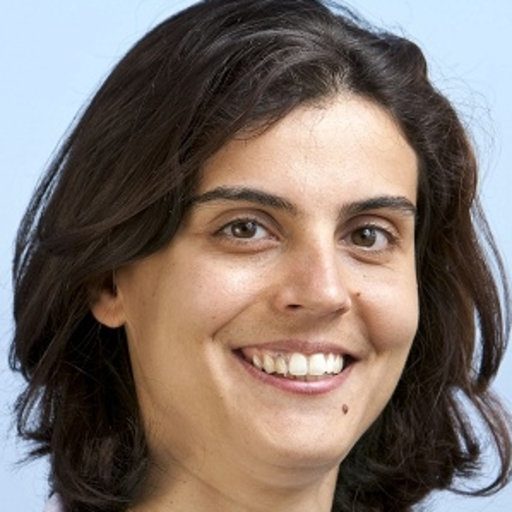Course on “Site-specific protein labeling and incorporation of unnatural amino acids in live cells” at Vanderbilt University
Syllabus – CPBP 330 – Special Topics in Protein Biochemistry
Dr. Irene Coin, Leipzig University, Faculty of Life Sciences, Institute of Biochemistry
Date 14 – 21 July 2015
Venue Departments of Chemistry, Pharmacology, and Biomedical Informatics, Center for Structural Biology, and Institute of Chemical Biology, 465 21st Ave South, BIOSCI/MRBIII, Room 5144B, Nashville, TN 37232-8725
The student will become familiar with modern techniques to incorporate labels and biophysical probes into intact proteins, including chemical synthesis, enzymatic modification, biorthogonal labeling and direct ribosomal incorporation of unnatural moieties.
The ability to modify a protein of interest with synthetic probes provides unique possibilities to investigate its structure, functions and dynamics. The last two decades have seen an enormous expansion of techniques for site-specific labeling of proteins. While peptide chemistry is likely reaching the plateau of what is possibly achievable through chemical assembly one amino acid by one, ligation techniques allow fusing together distinct peptide segments and generate modified proteins in vitro. Enzymes have been evolved and engineered that can directly attach e.g. fluorophores into short epitopes of proteins in physiological environment. Several kinds of unnatural amino acids can be incorporated into proteins directly by ribosomal synthesis in the live cell through reassignment of selected codons (genetic code engineering) or through suppression of a stop codon (expanded genetic code). A broad palette of chemical methods is available to covalently attach labels to proteins in a site-specific fashion with biorthogonal chemistry.
The course will present 1) chemical techniques to produce modified proteins, including peptide synthesis and ligation techniques; 2) enzymatic techniques for site-specific protein modification; 3) state-of-the-art techniques for biosynthetic incorporation of unnatural amino acids into proteins, amino acyl tRNA synthetase engineering, unnatural amino acid incorporation in cell free system, in bacteria, in yeast, in mammalian cells and in small animals; 4) chemoselective reactions in biology. Throughout the course different techniques to evolve in the lab proteins having new functions will be described. Examples of biological questions addressed through site-specific protein labeling will be taken from the most recent literature and will represent a major part of the course. We will focus on the incorporation into proteins of fluorescent dyes for high resolution microscopy, on the use of site-specifically installed chemical crosslinkers and photo-crosslinkers to study protein topology and protein-protein interactions, and on the use of anchors for biorthogonal chemistry. Several examples will be taken from studies on GPCRs.
Date and Time:
The class will meet on six days in the weeks of July 13th and July 20th always 9:35-12:15. This is a one credit course.
Room:
5131 MRBIII
Registration:
Students, postdocs, and faculty who wish to audit the class are welcome. Please send a note to Jens Meiler ().
Grading:
There will be a written exam on 2015-07-25.

